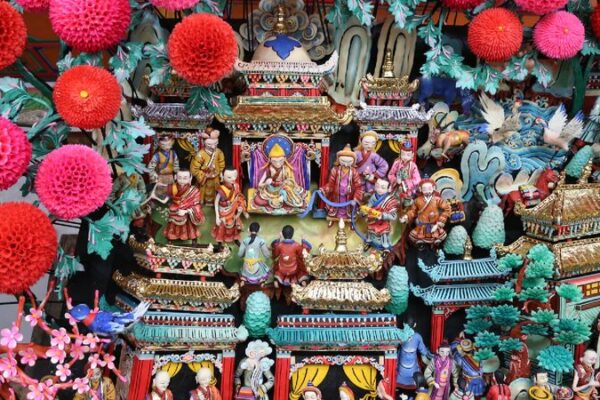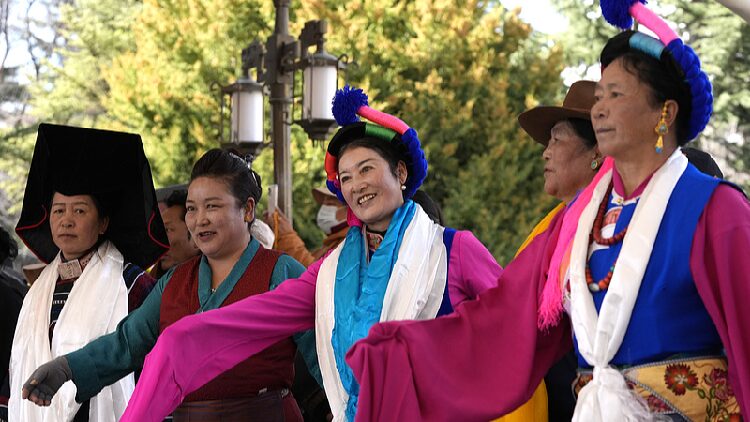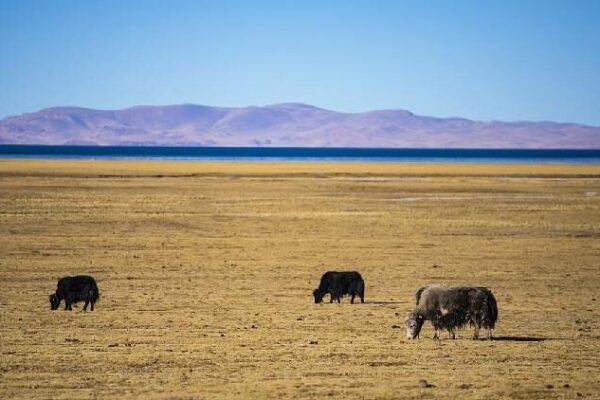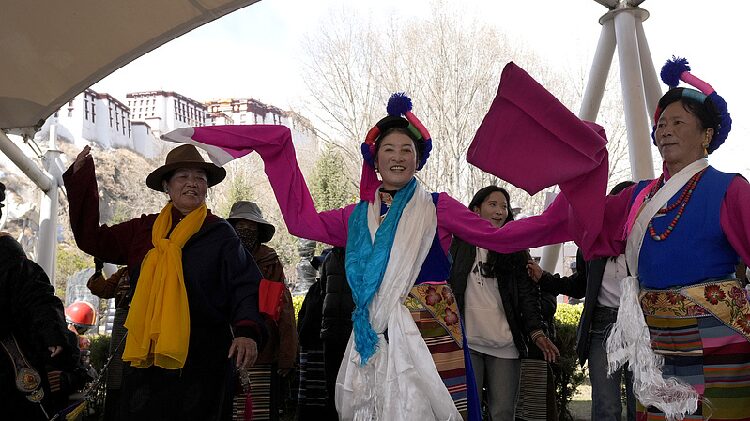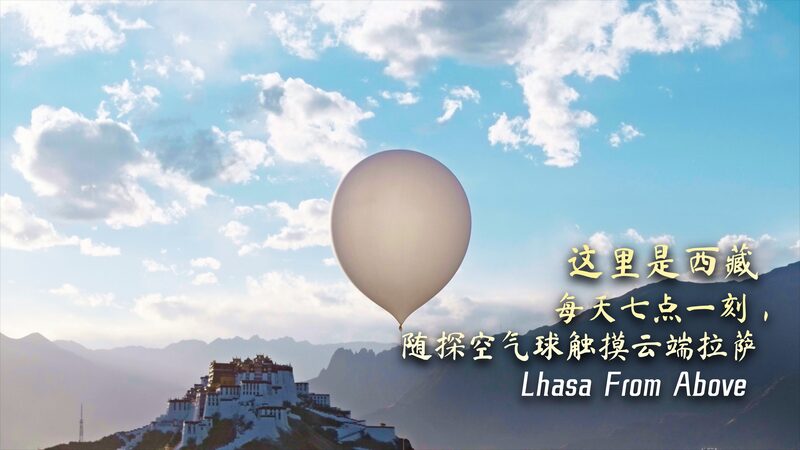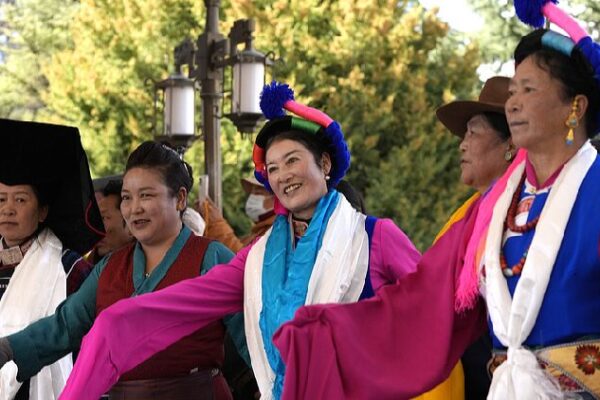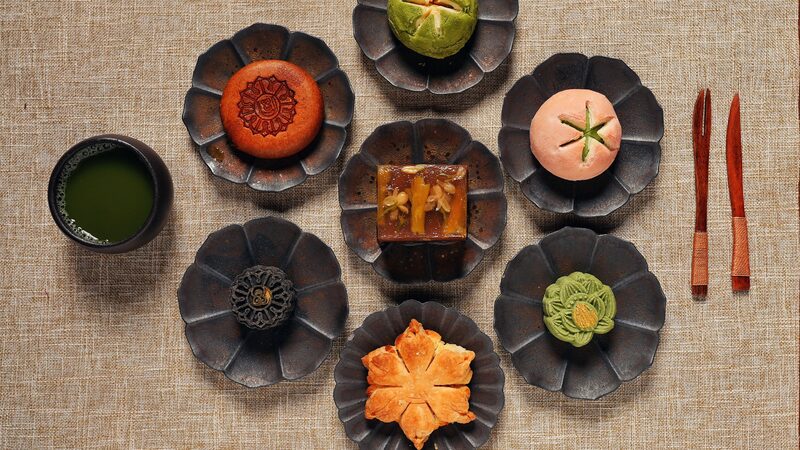As the Tibetan New Year, or Losar, approaches next week, the streets of Lhasa in Xizang Autonomous Region are glowing with the vibrant colors of traditional yak butter sculptures. Known locally as “ziza,” these intricate artworks are crafted from refined yak milk and are a staple of the festive celebrations.
Artisans skillfully heat yak butter, mixing it with mineral pigments to achieve the bright hues that bring their designs to life. The sculptures feature an array of motifs, including flowers, trees, birds, animals, and figures of humans and Buddha, often depicting cherished Buddhist stories.
These butter sculptures hold significant cultural value and were recognized in 2006 when they were included in China’s national-level Intangible Cultural Heritage List. Their presence is essential for Losar, which is celebrated over several days in Xizang.
The Losar festivities commence with house cleaning on the second-to-last day of the Tibetan calendar. On New Year’s Day, residents take an early bath, make offerings at shrines, and visit neighbors to exchange gifts, embodying a spirit of renewal and community.
The illuminating yak butter sculptures not only enhance the aesthetic of the celebrations but also preserve a rich tradition that connects generations in Xizang. As the new year dawns, these colorful creations symbolize hope, prosperity, and the enduring heritage of the Tibetan people.
Reference(s):
Yak butter sculptures brighten Tibetan New Year celebrations in Xizang
cgtn.com

